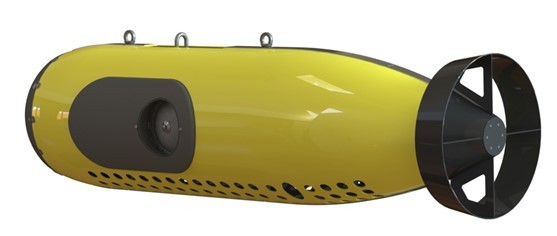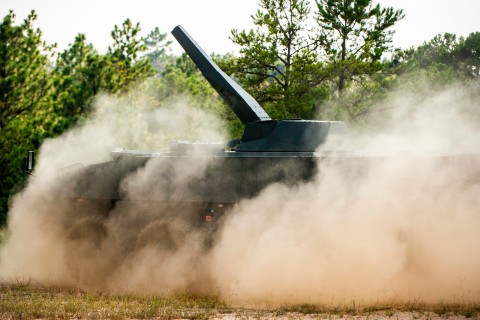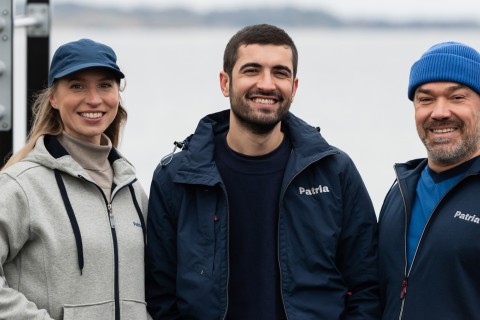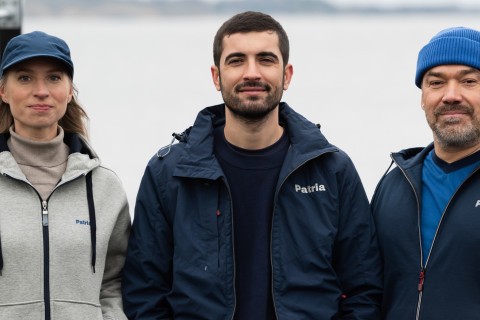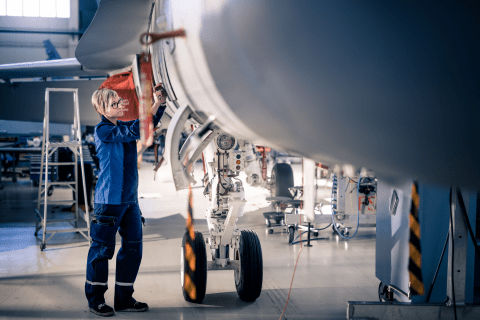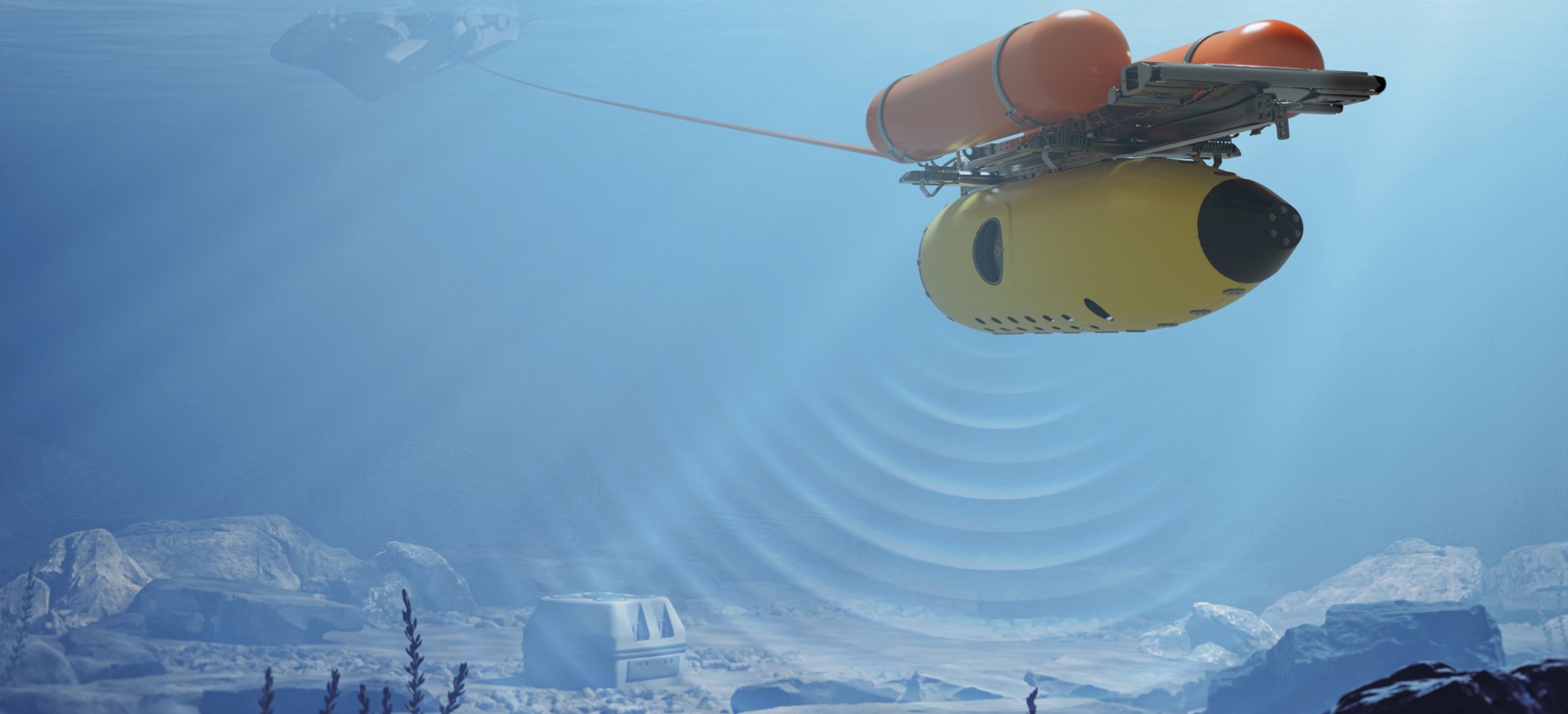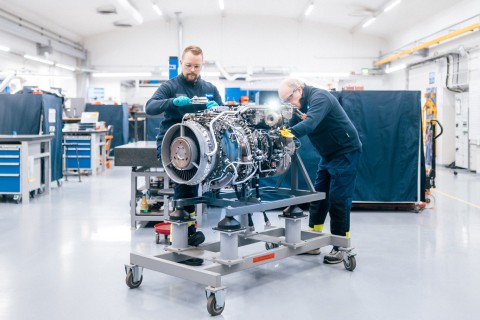
It only takes a few seconds. The smart mine detects that instant, seemingly imperceptible, shift in magnetic, acoustic, seismic and pressure signature, and chaos ensues. It does not have to cause significant damage to create disruption; in fact, it does not have to create damage at all.
The mere knowledge that smart mines lay on the seabed, capable of detecting, identifying and targeting specific vessels, is enough to deter passage and wreak havoc – be it for military or commercial vessels traffic.
Minesweeping, as opposed to mine hunting, is the only viable option against influence mines silently waiting in shallow waters. And minesweeping with advanced acoustic capabilities is critical for tackling the continuous development and spread of smart mines. That is why Patria built on decades of experience in developing both smart mines and acoustic minesweeping systems to offer its customers the Patria SONAC ACS. Featuring an extremely high-power sound source technology, this advanced acoustic minesweeping system detonates smart mines to deliver peace of mind.
Rocky road
Like many underwater warfare tactics, mine warfare was quickly forgotten in the aftermath of the Cold War. Lulled into a false sense of security, Western navies focused on removing old mines and shifted their main focus on other missions. And, like many underwater warfare tactics, mine warfare is making a strong comeback in naval strategy books, at industry level and in Research & Development (R&D) departments.
Perhaps more worrying still than the resurgence of this type of weapons. Today, industry leaders in the mine warfare domain are leveraging complex algorithms that can simultaneously process magnetic, acoustic, seismic and pressure signatures to identify their targets and trigger the explosion.
As such, in shallow water areas where the seabed can be rocky and where water conditions can adversely affect visibility smart mines are particularly disruptive. Pre-programmed to target certain types of military or commercial vessels, they can render entire port areas inhospitable or whole Sea Lanes of Communication (SLOC) inoperable.
The sound of music
In complex environments such as shallow waters, minesweeping is the most appropriate solution for tackling smart influence mines. Using a combination of magnetic, electric and acoustic source systems towed by a small surface vessel, minesweeping is a system of systems that reproduces the signature of potential target vessels.
Acoustic sweeping systems are an important part of the whole integrated mine sweeping system because, acoustic signals travel very far in the water while magnetic and electric signals tend to decay quite fast in the same environment. As such, the smart mine will first detect the acoustic signal and, on that basis, will then start searching for, and measuring, magnetic and electric signals. If the combination of all three signals matches a target vessel’s signature, the mine will detonate.
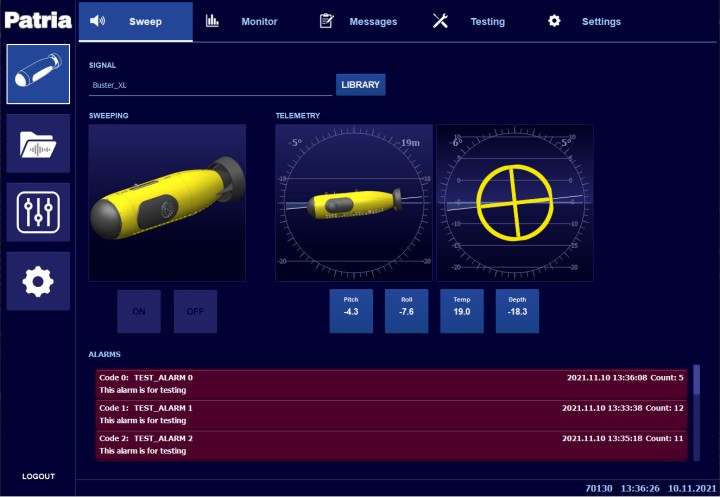
To provide its customers with the most advanced acoustic – and therefore minesweeping – system of systems, Patria leveraged decades of experience to offer two critical features in its Patria SONAC ACS.
First, Patria SONAC ACS utilises Patria’s patented sound source technology. Using a simple, user-friendly interface, minesweeping operators can select the vessel noise they want to simulate from a Spotify-like library. This option is typically used in Target Setting Mode, when intelligence about the smart mines is minimal and a crew is just looking to ensure its own vessel’s safe transit in the area.
Should the sound not feature in the library yet, or should a crew work in mine setting mode – area intelligence offers specific information on the type of vessel being targeted – Patria SONAC ACS also features a user-friendly tool to recreate the desired signal.
Second, Patria’s SONAC ACS is designed to operate at various frequency ranges. Its sound transducers can operate from low to high frequency – from 7Hz to 70kHz – in order to replicate the symphony of frequencies that characterise a vessel’s signature as accurately as possible. This feature renders the distinction between genuine vessel signals and Patria SONAC ACS signals difficult for a mine to make.
Back to the future
If current trends in mine hunting tell us anything, it is that mine warfare is inexorably becoming unmanned. The increasing use of remotely controlled and autonomous systems is critical for keeping crew out if harm’s way.
Fitting perfectly into this scenario, Patria’s SONAC ACS has been designed to facilitate towing from an Unmanned Surface Vehicle (USV). The system weighs 200kg in water and is connected to the USV via a cable that features both power supply and data transfer capabilities. It can also be connected to a manned vehicle of course, although increasingly minesweeping system of systems are unmanned.
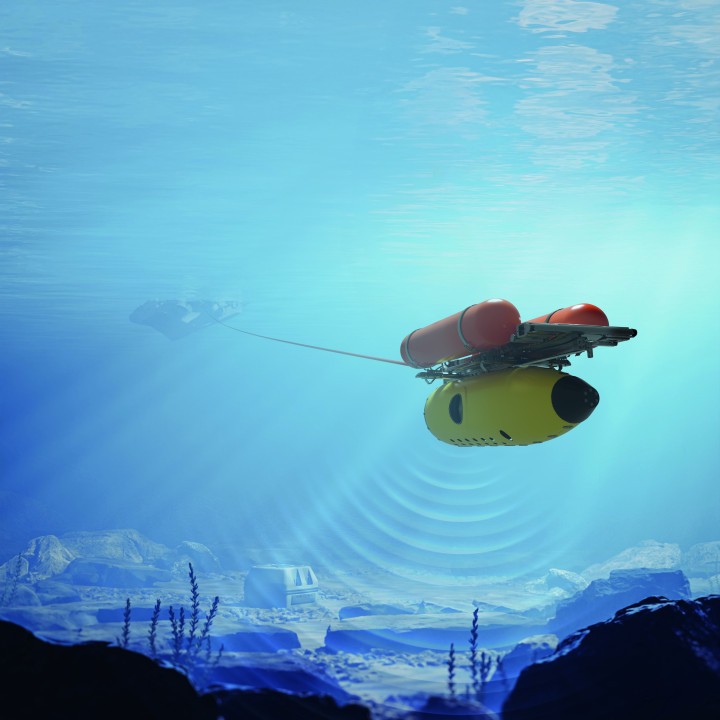
According to customers’ specific needs and mission demands, the Patria SONAC ACS can be towed using two different systems. It can be connected via a float, a devise designed to float on the surface while the acoustic system is positioned at the required depth. Alternatively, it can be attached to a floating frame that automatically adjusts its operational depth according to the speed at which it is being towed.
Ultimately, mine warfare is back, but with all the added benefits of today’s advanced technologies. In this back-to-the-future scenario, Patria has successfully leveraged decades of experience in both minesweeping and smart mine development to create the Patria SONAC ACS. Capable of fooling the smartest mine algorithm with its unrivalled acoustics, it can safely detonate shallow water mines to deliver safety peace of mind.
